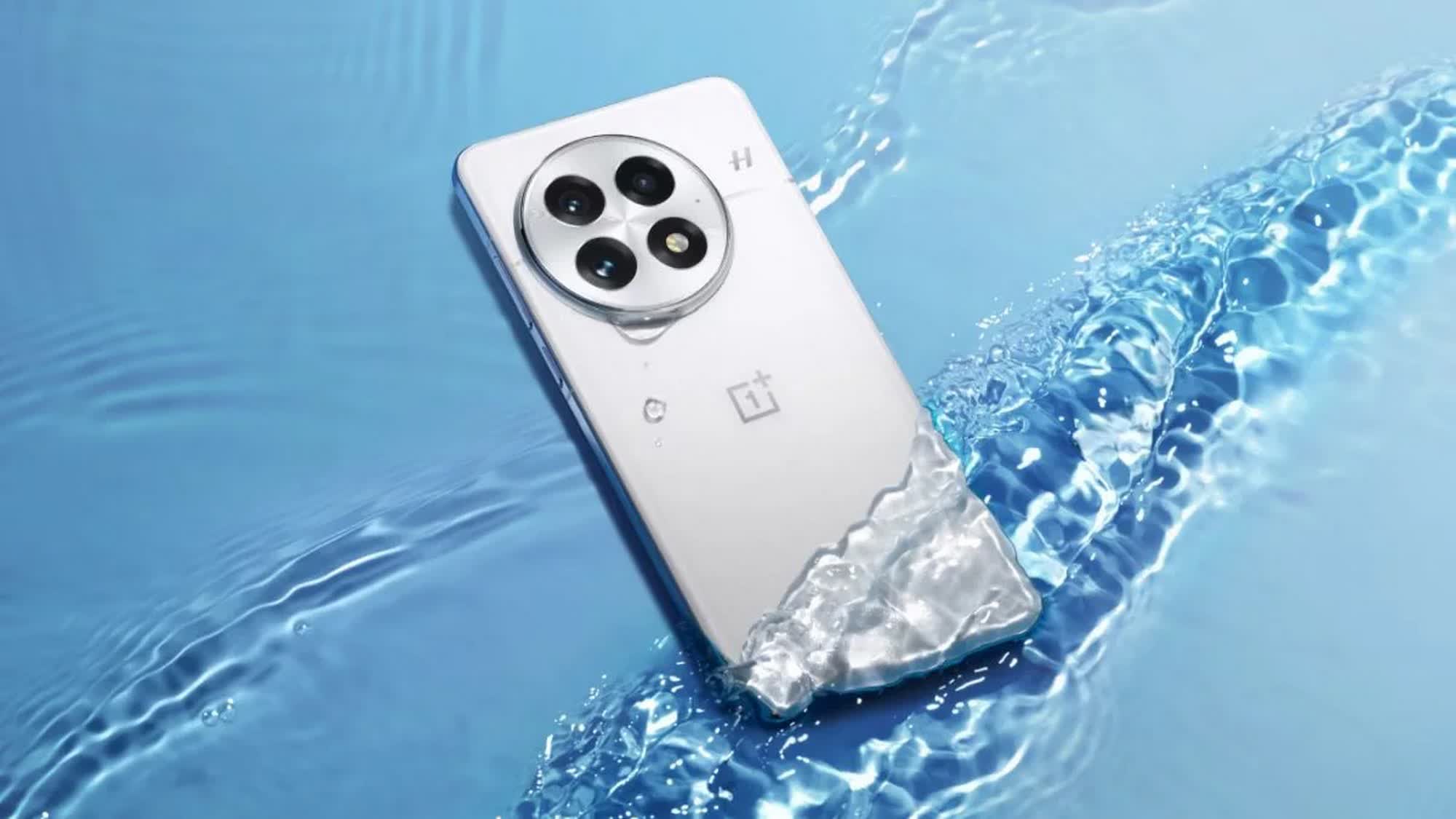Serving tech enthusiasts for over 25 years.
TechSpot means tech analysis and advice you can trust.
What just happened? The OnePlus 13 has been officially unveiled following a spate of leaks in recent weeks. It features several upgrades over its predecessor, including the latest flagship processor from Qualcomm, a larger battery, and a sleeker design. It also gets a higher IP rating for water and dust resistance, as well as an improved ultrasonic fingerprint scanner.
The OnePlus 13 features a curved 6.82-inch AMOLED panel with a 120Hz refresh rate, 3168 x 1440 pixel resolution, and 4,500 nits of peak brightness. It is powered by Qualcomm's latest processor, the Snapdragon 8 Elite, and comes with up to 24GB of memory and up to 1TB of storage. It also features an upgraded vapor cooling system to keep the thermals in check.
Another big upgrade is a 6,000mAh silicon carbon battery that's significantly larger than the 5,400mAh unit found in the OnePlus 12. The new technology packs more power density than traditional lithium polymer batteries, resulting in a slightly thinner form factor. The OnePlus 13 still supports 100W wired charging and 50W wireless charging – the same as its predecessor. Additionally, there's support for reverse wireless charging at up to 10W.

Imaging options on the OnePlus 13 include a triple-camera setup developed in collaboration with Swedish camera maker Hasselblad. The lineup is led by a 50MP primary camera with a 1/1.43-inch sensor and support for optical image stabilization. The periscope telephoto camera is also a 50MP unit, but with a 1/1.95-inch sensor. Finally, there's a third 50MP camera mated to a 120-degree lens for ultra-wide-angle shots and macro photography.
On the front, the device sports a 32MP camera for selfies and video chats. Connectivity options include an IR blaster, Bluetooth 5.4, USB 3.2 (Gen 1), Wi-Fi 7 and full-area NFC, which makes tap-to-pay transactions easier by providing a larger surface area.
OnePlus claims that the ultrasonic fingerprint scanner in the OnePlus 13 offers faster and more accurate performance than the OnePlus 12 when attempting to unlock the phone with a wet finger. The company also says that the vibration motor is the largest ever used in an Android phone, and is designed to improve feedback when playing video games.
On the software front, the OnePlus 13 runs Android 15 out of the box. There's no word on the update policy for the device yet, but the OnePlus 12 is slated to get four years of Android updates with an additional year of security patches, so we can expect a similar plan for the latest flagship as well.
The OnePlus 13 is only available in China right now, but is expected to be launched globally in the coming weeks. Pricing starts at 4,499 yuan (around $632) for the 12GB/256GB model, while the top-end variant with 24GB of RAM and 1TB of storage costs 5,999 yuan (around $843).






:quality(85):upscale()/2024/08/06/667/n/1922794/4bc1ce8866b23aaf319c84.46755244_.png)
:quality(85):upscale()/2024/11/05/936/n/1922153/cc2bbd68672a8e1588a964.53876938_.webp)


 English (US) ·
English (US) ·